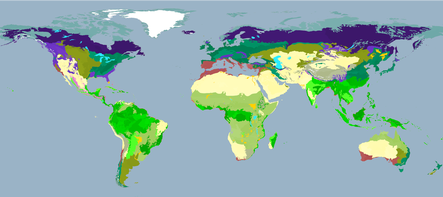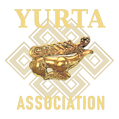Explore Nomadic-Tradition Cultures |
About Indigenous Peoples
|
|
Download the list of 500 Mobile Indigenous Groups
This list is not intended to be a complete list of all the native mobile communities in the world but rather a compendium by country of the most significant ones.
|
A 5 % of the global population, indigenous peoples own, occupy or use a quarter of the world´s surface area, safeguarding 80 percent of he world´s remaining biodiversity. They also hold vital ancestral knowledge and expertise on how to adapt, mitigate, and reduce climate and disaster risks. In contrast to their key role in keeping environmental balance, indigenous peoples account for about 15 percent of the extreme poor, with a life expectancy up to 20 years lower than the life expectancy of non-indigenous people worldwide, figures still more dramatic for the case of nomadic communities.
"Much of the land occupied by Indigenous Peoples is under customary ownership, and yet many governments recognize not any or only a fraction of this land as formally or legally belonging to Indigenous Peoples. Even when indigenous territories and lands are recognized, protection of boundaries or external parties use of natural resources are often weak. Insecure land tenure is a driver of conflict, environmental degradation, and weak economic and social development. This threatens cultural survival and vital knowledge systems – both of which contribute to ecological integrity, biodiversity and environmental health upon which we all depend" (Indigenous Peoples Overview, World Bank, last updated: Mar 19, 2021).
| ||||||||||

